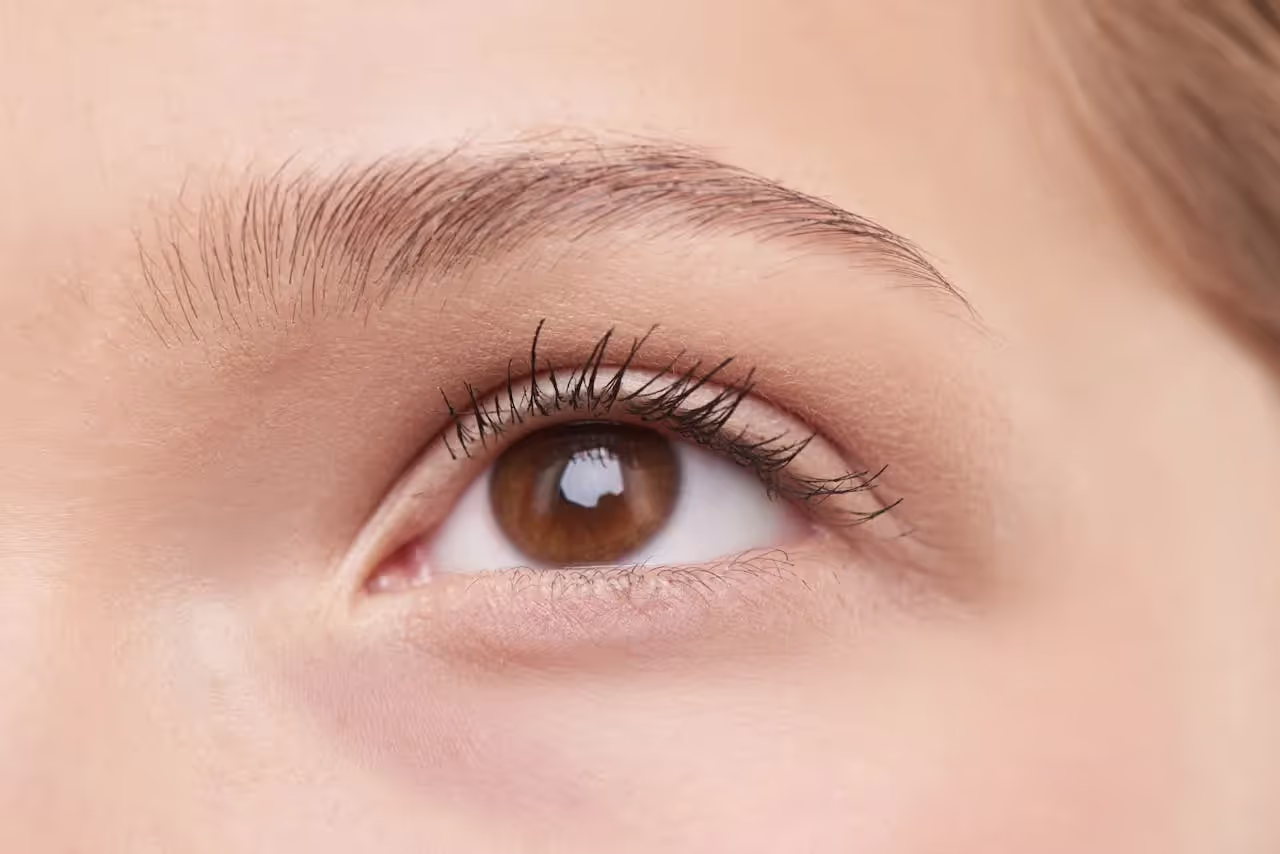Understanding Nearsightedness, Farsightedness, and Astigmatism

What is Nearsightedness (Myopia)?
Definition of Nearsightedness
Nearsightedness, also known as myopia, is when you can see objects up close clearly, but objects in the distance appear blurry. This is one of the most common refractive errors, especially in our digital age.
Causes and Effects
The rise of digital devices has led to an increase in myopia, often appearing earlier in life. High myopia isn't just about needing thicker glasses; it can negatively impact your eye health over time. Potential risks include:
- Early onset of cataracts
- Increased chance of developing glaucoma
- Risk of retinal detachment, which can threaten your vision
Solutions for Myopia
At Vision Care Center in Bellevue, we specialize in myopia control. Our treatments can reduce the progression of nearsightedness by up to 70%. We use:
- Orthokeratology lenses (ortho-k)
- Corneal Refractive Therapy (CRT)
- MiSight Multifocal Soft lenses
- Atropine eye drops
Give us a call to learn more and schedule your consultation!
What is Farsightedness (Hyperopia)?
Definition of Farsightedness
Farsightedness, or hyperopia, is the opposite of myopia. You can see distant objects clearly, but close-up tasks like reading small print or using digital devices are challenging.
Causes and Effects
Mild hyperopia is common and might not even show symptoms. However, severe hyperopia can cause eye strain and headaches, especially with prolonged digital device use.
Solutions for Hyperopia
Most cases of hyperopia can be corrected with glasses. For more severe cases, certain visual therapies might be necessary. Even if you have mild hyperopia and don't need glasses full-time, annual eye exams are crucial to prevent eye strain and headaches.
What is Astigmatism?
Definition of Astigmatism
Astigmatism is related to the shape of your eye. A normal eye is round like a sphere, but an astigmatic eye is shaped more like an egg.
Causes and Effects
Astigmatism blurs vision at all distances and causes a smearing effect rather than complete blur. It's similar to rubbing your finger over freshly written ink. Astigmatism can also cause glares, halos at night, and light sensitivity.
Solutions for Astigmatism
Most cases of astigmatism can be corrected with glasses. In severe cases, specialty contact lenses might be necessary.
Why Regular Eye Exams Are Essential
Regular eye exams are vital to maintaining optimal vision and overall eye health. They help detect and manage refractive errors and other eye conditions early on, preventing potential vision loss and improving your quality of life.
Ready to Improve Your Vision?
At Vision Care Center, we're dedicated to providing top-notch eye care tailored to your unique needs. Contact us today to schedule your eye exam and take the first step towards clearer vision!